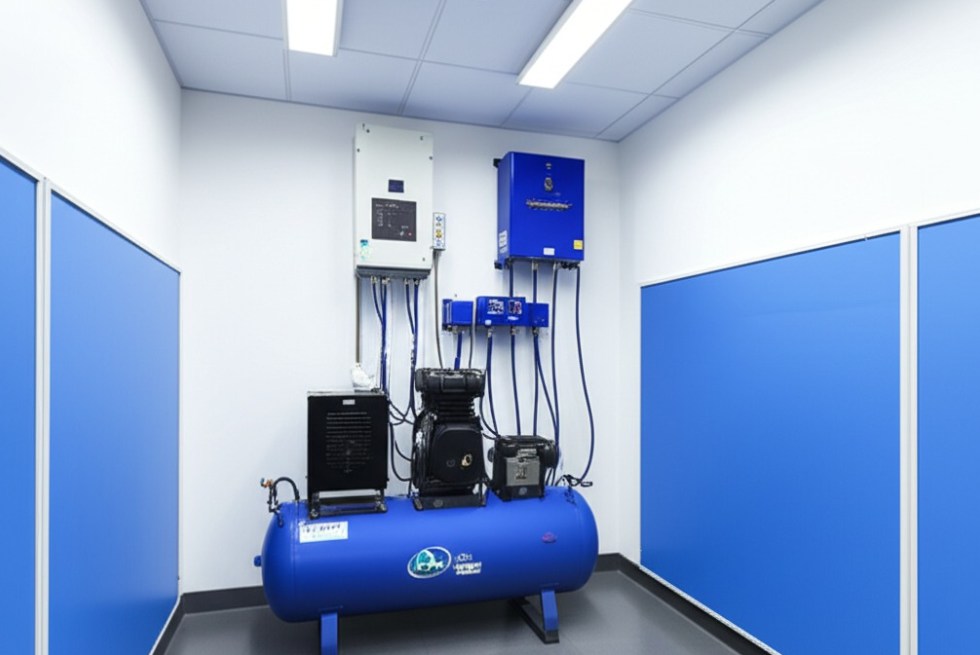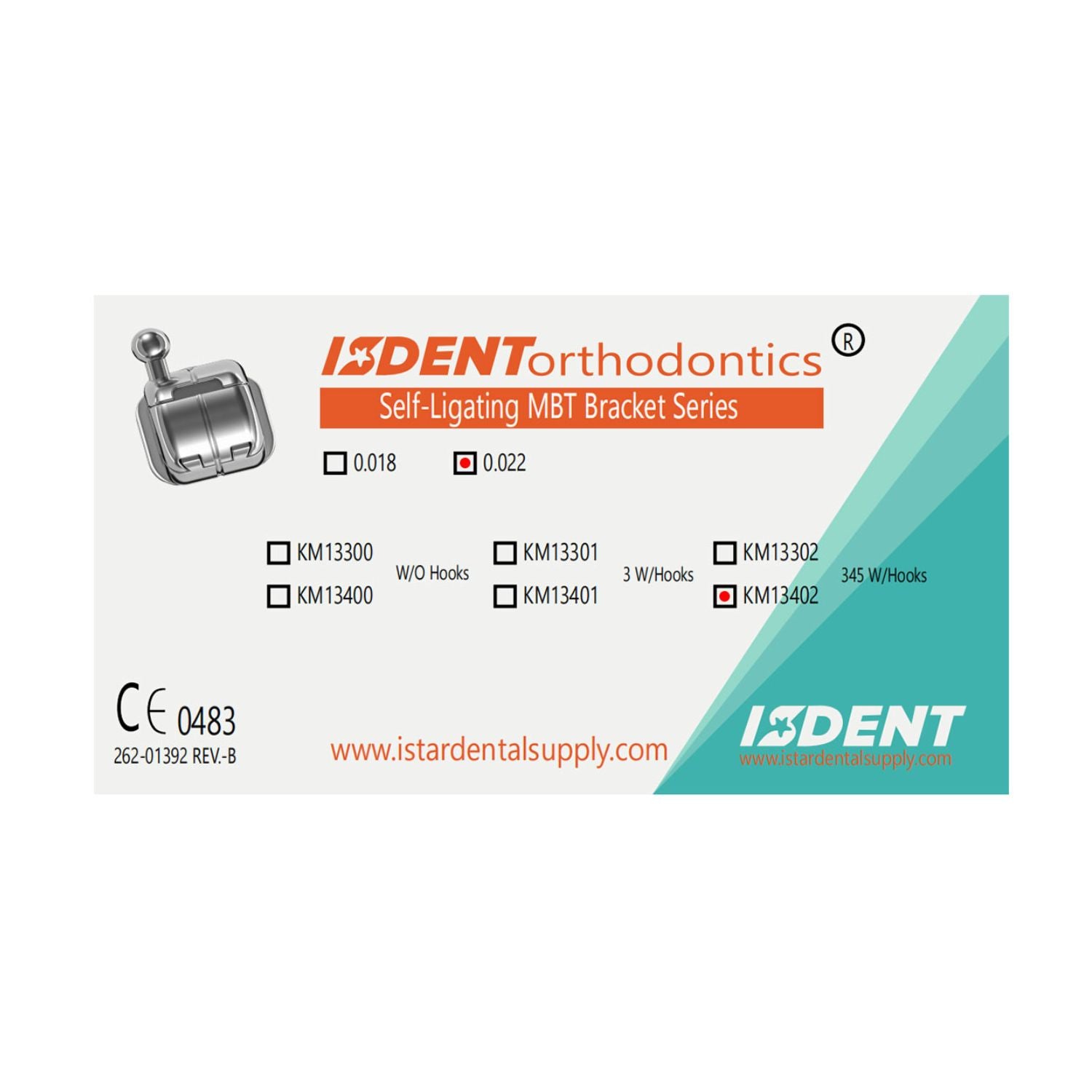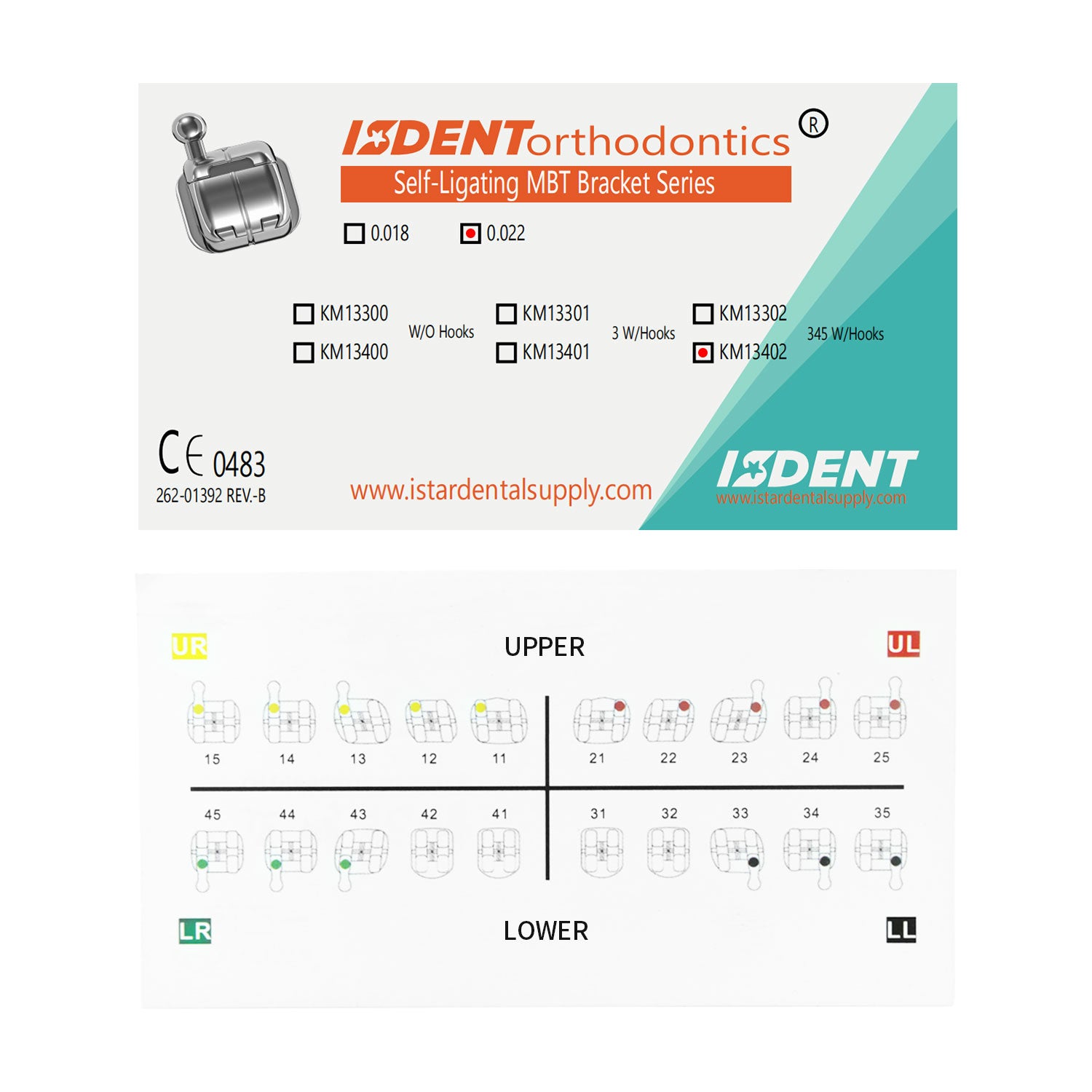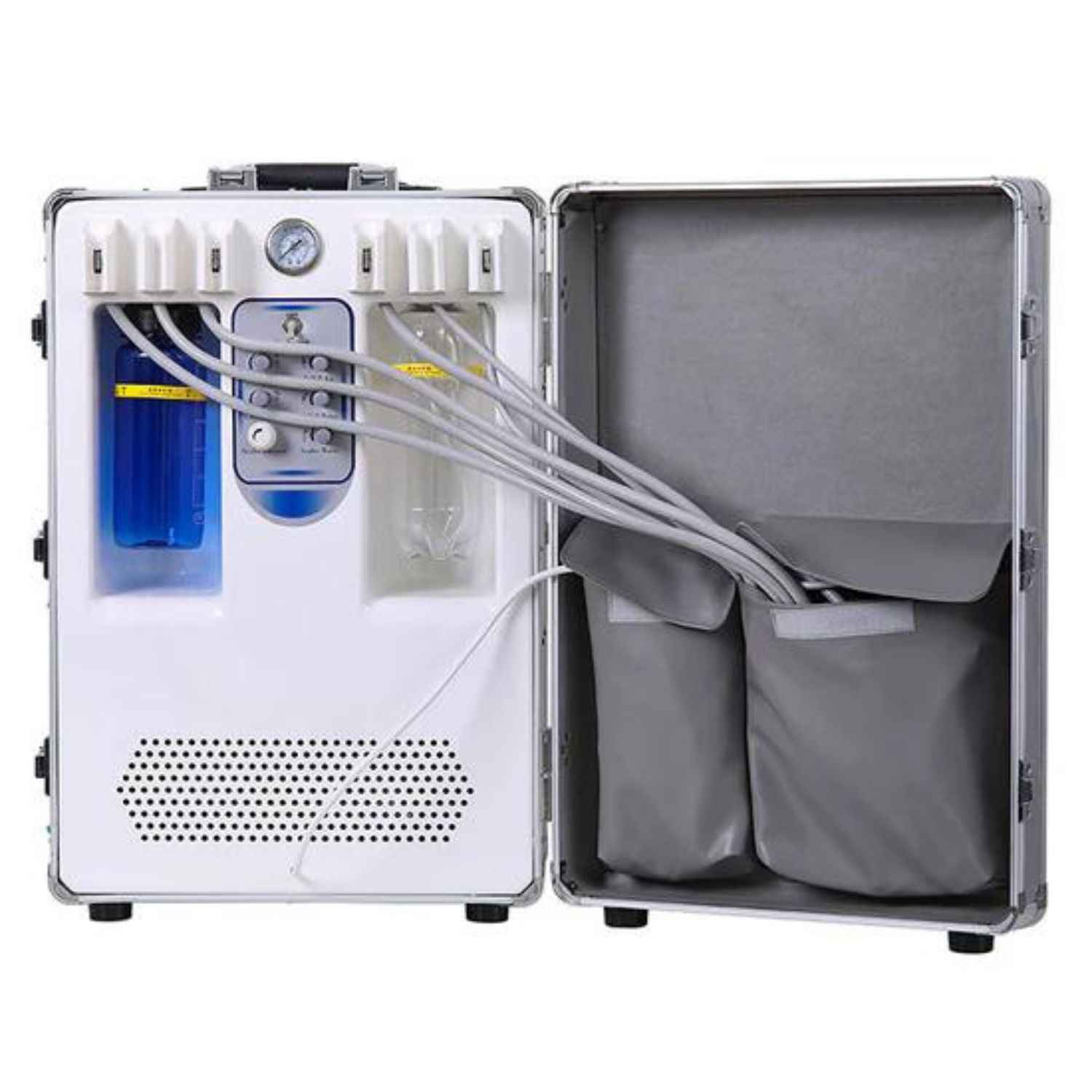Where to Place Your Dental Air Compressor: 7 Critical Factors for Safety & Efficiency
Are you setting up a new dental office or updating your gear? One of the most important choices you'll make is where to put your dental air compressor. This might seem like a small detail, but it can make a big difference in how well your office runs, how safe your patients are, and how much money you spend on fixes.
A dental air compressor is like the heart of your office. It powers many of your tools. But if you put it in the wrong spot, you could face big problems like:
- Dirty air that's not safe for patients
- Expensive repairs
- Too much noise
- Higher energy bills
Let's look at why the right spot matters so much and how to pick the perfect place for your compressor.
Why Placement Matters
Did you know that 40% of compressor failures happen because they were put in the wrong place? That's almost half! When your compressor breaks down, you might have to cancel appointments, which means losing money and disappointing patients.
Good placement helps your compressor:
- Last longer
- Work better
- Use less power
- Make cleaner air
- Need fewer fixes
Let's dive into the key factors that will help you find the right spot for your dental air compressor.
Key Factors to Optimize Placement
1. Temperature Control (Avoid Overheating)
Compressors need to stay in a temperature-controlled area. The best range is between 40°F and 105°F.
Why it matters: Compressors in hot rooms are 30% more likely to shut down. Heat makes the machine work harder and breaks down the oils inside faster.
What to do:
- Put your compressor in a room with good air flow
- Keep it away from heating vents or sunny windows
- Consider a room with its own temperature control
2. Accessibility for Maintenance
Your compressor needs regular checkups to stay healthy. If technicians can't reach it easily, maintenance costs can jump by 25-50%!
Why it matters: When a tech can't get to your compressor easily, simple fixes take longer and cost more.
What to do:
- Leave at least 3 feet of space around all sides
- Don't hide it in tight closets or hard-to-reach spots
- Make sure doors to the room are wide enough for repair equipment
A dental office in New York City learned this lesson the hard way. After putting their compressor in a tiny storage closet, they had to pay double for repairs because the technician spent hours just trying to reach the unit.
3. Noise Reduction
Compressors can be noisy! This matters because loud noises can upset patients and make it hard for your team to talk.
Why it matters: Noise levels above 65 decibels (about as loud as a normal conversation) can disturb patients. A case study from NYC showed that a clinic reduced noise complaints by 70% after soundproofing their compressor room.
What to do:
- Put your compressor in a separate utility room
- Use vibration pads under the unit
- Consider soundproofing the walls of the room
- Look at dental equipment options at ISTAR Dental Supply that include quieter models
4. Air Quality Compliance (ISO 8573)
The air from your compressor goes into patients' mouths! It must be clean and safe.
Why it matters: A London dental clinic reduced air contamination by 60% just by moving their compressors away from storage areas with chemical fumes.
What to do:
- Avoid dusty areas
- Keep the compressor away from cleaning supplies or chemicals
- Add air dryers and filters to your setup
- Test your air quality every year
- Check out dental compressors at ISTAR Dental Supply that have built-in filtration
5. CFM Requirements & Proximity to Tools
CFM (Cubic Feet per Minute) tells you how much air your tools need. Your compressor must make enough air for all your tools.
Why it matters: The general rule is to multiply your highest tool's CFM by 1.5. For example, if your biggest tool needs 10 CFM, your compressor should provide at least 15 CFM.
What to do:
- Place the compressor closer to the dental chairs or tools that need the most air
- Run shorter air lines when possible (long lines cause pressure drops)
- Consider a portable dental unit with compressor for flexible setups
6. Electrical Safety
Poor electrical setups cause 80% of compressor failures in dental offices.
Why it matters: Overloaded circuits or power surges can damage your compressor and even cause fires.
What to do:
- Make sure you have dedicated circuits for the compressor
- Install proper grounding
- Use surge protectors
- Have an electrician check your setup
7. Future-Proofing
Think about your future needs when placing your compressor.
Why it matters: After COVID-19, 65% of European dental clinics upgraded their compressor rooms for better air quality. Having space for upgrades saved them time and money.
What to do:
- Leave extra room for additional units if your practice grows
- Choose a spot that can accommodate newer, bigger models
- Plan for easy upgrades to your air filtration system
Common Mistakes to Avoid
Many dentists make these same mistakes when placing their compressors:
| Mistake | Why It's Bad | Better Option |
|---|---|---|
| Putting compressors in tight closets | Blocks airflow, makes repairs hard | Use a dedicated room with 3ft clearance |
| Ignoring humidity levels | Causes rust and water in air lines | Keep humidity under 60% |
| Overlooking local codes | May violate NFPA 99 health codes | Check with a professional installer |
| Placing near chemicals | Vapors get into air system | Keep away from cleaning supplies |
| Skipping regular maintenance | 90% of compressors with problems had missed checkups | Schedule regular maintenance |
Best Practices for Long-Term Success
Follow these tips to keep your compressor running smoothly:
1. Use Maintenance Checklists
- Check pressure daily
- Replace filters quarterly
- Drain water traps weekly
- Schedule professional maintenance twice yearly
2. Invest in Monitoring Tools
- Noise meters to check sound levels
- Air quality sensors to ensure clean air
- Temperature monitors to prevent overheating
3. Partner with Certified Providers
- Clinics using programs like DentalAir's AirCare had 40% fewer maintenance calls over 2 years.
- Professional installation ensures proper setup
- Regular service catches problems early
Real-World Data on Compressor Placement
Let's look at some important numbers that show why placement matters:
- Compressors in humid environments need filter replacements twice as often
- 80% of failures trace back to improper electrical setups
- Maintenance costs rise 25-50% for hard-to-access compressors
- Proper placement can reduce energy use by up to 30%
- 90% of compressors violating the 3ft clearance rule reported safety problems
Making the Right Choice for Your Practice
When choosing a spot for your dental air compressor, remember these key points:
- Temperature matters: Keep the room between 40-105°F with good airflow
- Accessibility saves money: Leave 3ft all around for easy maintenance
- Noise affects patients: Soundproof and isolate when possible
- Air quality is safety: Keep away from dust, chemicals, and moisture
- Plan for growth: Leave room for future upgrades
- Electrical setup is crucial: Have dedicated circuits and proper grounding
- Maintenance prevents problems: Choose a spot that makes regular checks easy
Conclusion: Location Impacts ROI
Placing your dental air compressor in the right spot isn't just about following rules—it's about protecting your investment. A properly placed compressor will:
- Last longer (saving you replacement costs)
- Use less energy (cutting your bills)
- Need fewer repairs (reducing downtime)
- Keep your patients safer (avoiding problems)
Work with HVAC specialists and compressor technicians during installation to find the perfect spot. The little extra time and thought you put in now will pay off big in the future!
Ready to upgrade your dental compressor system? Check out the high-quality dental compressors at ISTAR Dental Supply or explore their complete dental unit options for integrated solutions.
Remember: Your compressor is the heart of your dental office. Give it the right home, and it will serve your practice well for many years to come!









